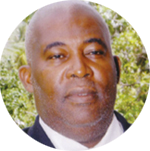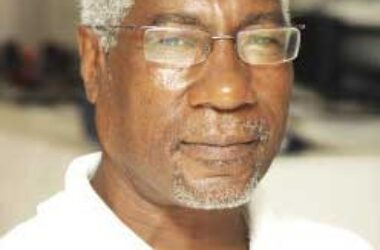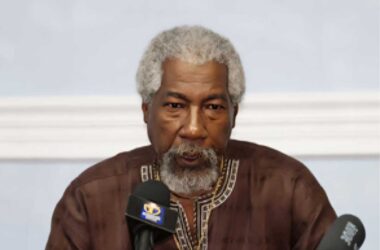
DISTRIBUTED learning is a concept which has been referred to regularly in our educational system nowadays. The intention of this article is to give teachers, parents, students and the public a better understanding of the concept.
The traditional method of teaching in St. Lucia and, indeed, the West Indies, has long been brought over from England more than 150 years ago; that is, whole class teaching. In that method of teaching, the teacher expounds the lesson to the class using the blackboard and chalk, asking questions of the class and perhaps requiring students to demonstrate on the board. The board then becomes the focus of attention.
We have been so preoccupied with the traditional way of teaching and learning, that we had lost the ability to visualize long term benefits of other learning models.
But COVID-19 woke us up from our lethargy. “Come on, wake up from your sleep”, said COVID-19.
But what exactly is Distributed Learning? Distributed Learning, or distance learning is a model of delivery of instruction to remote students who are distributed in various locations. It includes all models of instruction to those students who are in different locations: homes, hospitals, community centres, churches and so on.
Some models of delivery include Online Learning, Video conferencing, Self-paced course, Face to Face, Blended Learning, Package Distribution among others.
Online Learning uses the internet. Classroom teachers could use the internet to e-mail material to students and posting content to be used outside of the classroom as regularly as is required and is possible.
Video Conferencing. This is a wonderful tool to connect students and teachers through web-based video platforms that include: teaching remote and face to face students simultaneously; teaching individual and face to face students simultaneously; everyone could be on their own computer but attending a live session through videoconferencing platforms, like WhatsApp with which we are quite familiar. Many parents may not know that video conferencing could be done using one to one or one to many students at a time with the use of a cell phone. Indeed, there are several other video conferencing platforms.
Self-face Course. A self-paced course may or may not have a teacher or instructor attached or assigned to it. If the teacher or instructor is assigned, they are available to answer questions, and provide tutorials and other forms of support to students.
Face-to-face learning. This model occurs when teacher or instructor and students are physically in the same place or the lesson or programme or components of the course of study.
Blended learning. This model could be used part face-to-face and part online. The teacher may interact with individuals or groups of students in the blended learning model.
Package distribution. This is a model where the teacher prepares instructional packages for delivery to students wherever they are. Time is organized for the task and returned to the teacher through a mutually agreed arrangement.
Now what are some of the advantages of Distributed learning? The following are some ideas for your consideration:
The Distributed learning model provides the opportunity for many students, and, indeed, people generally to be reached. We now understand that schools have had to be closed, and is still closed as I write, because of the COVID-19 pandemic in our nation.
Instruction can happen from anywhere. Once the right tools are available and ideal atmosphere prevails, teaching and learning can take place and students could be quite comfortable and ready to assimilate knowledge.
Students have time to think about and give meaning to the content being taught to them. In the Primary school system, lessons on the school timetable usually last between 30 and 45 minutes. However, with the Distributed learning model, students get more time to interact with the concepts being taught. By that I mean students will be able to review and consolidate concepts at their own pace.
Distributed learning has the potential to expand the reach of the curriculum beyond the classroom and textbook and into the real world. By that I mean a lesson being taught in St. Lucia could reach students or learners anywhere in the world simultaneously. Teachers in St. Lucia who have relatives overseas, could alert them to participate in a lesson, particularly if they are aware that those individuals have difficulty with a concept.
Similarly, students having access to mobile phones or desktop computers, or laptops could google and obtain information instantaneously, even while the lesson is in progress. There are so many other possibilities.
Long lessons can be presented into smaller lessons and recorded. Even with the face-to-face classroom practice students may record a lesson being taught for further recapitulation or review after the lesson is done.
With the distributed learning model, students or learners generally are provided with the flexibility to learn how and where students or learners want. In other words they can choose the learning environment that is best for them. As educators we know that children learn best when the environment is conducive to learning.
The Distributed learning drives the pedagogical innovation, creativity, and more learning centred approaches. By pedagogical I mean the method and practice of teaching wherever it takes place.
As an educator, or someone who has taught in the St. Lucia Education System for 42 years, and has had practice at all levels of the system including the principalship of a Primary school for 18 years, has tried, in a few words to explain the value of the Distributed learning model being used in our system today.
It is my hope that the model would provide the impetus for the improvement of perfor-mance of learners and the improvement in school performance in St. Lucia generally.










